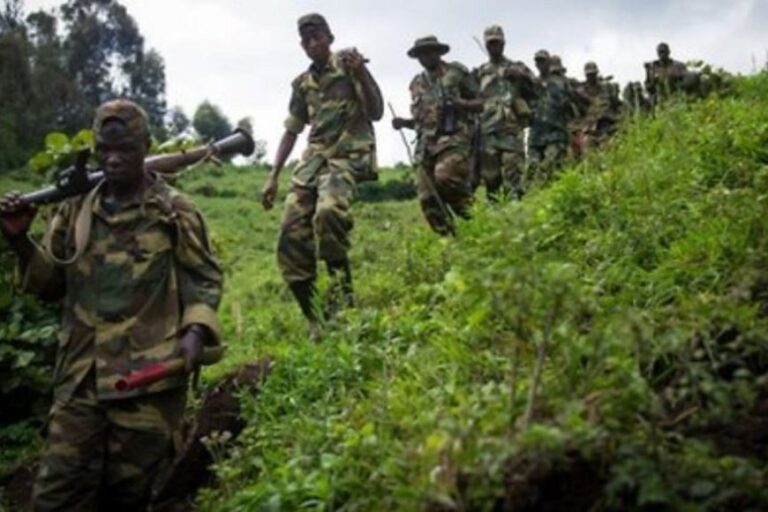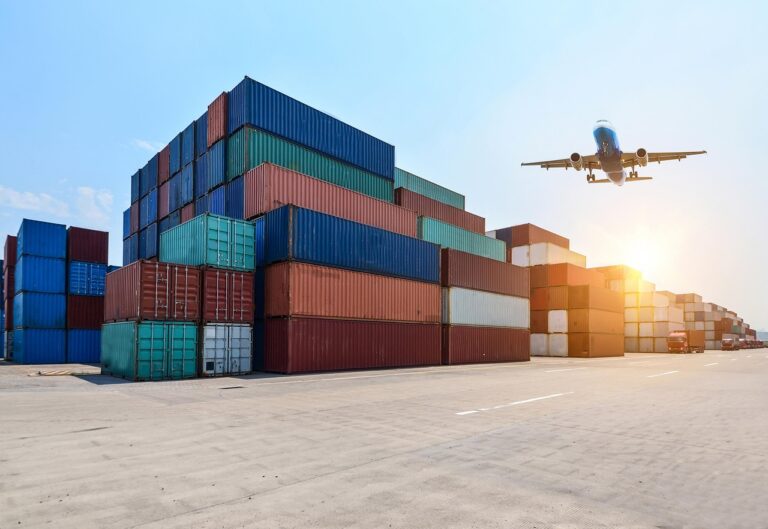
Guwahati: Several protest rallies have been organized in different parts of Assam and hundreds of Indigenous Assamese women supported by students have hit the streets and condemned the police forces for their repeated failure to protect the women in their locality following a gang rape incident in Dhing that has shaken the conscience of the entire Assamese population.
A group of indigenous people has even issued a deadline to ‘Miya Muslims’ (read Muslims of Bangladeshi origin) to leave upper Assam within a week. They are loud and clear that the Dhing rape was committed by the ‘Miyas‘ and urged the government to do the needful.
Representatives of All Tai Ahom Students Union, Bir Lachit Sena, Asomiya Yuva Manch, Asomiya Mahila Manch, All Assam Adivasi Students’ Union, All Assam Chutia Students’ Union, All Assam Sonowal Kachari Students’ Union, have gone to the extent of terming the ‘Miyas‘ as “cancerous” to the Indigenous society and insisting on a quick eradication.
The incident of a minor girl being gang raped by at least three Muslim youths at Dhing in central Assam on August 22, 2024, when she was returning home from tutorial classes in the evening, has shaken the conscience of the entire Assamese population.
Hundreds of Assamese women supported by students hit the street and condemned the police forces for their repeated failure to protect the women in their locality. A large number of angry protesters sat on the road with bright Sunlight on their heads alleging that months back an aged lady was raped in their locality, where the police did only cover-ups. They accused suspected migrants who they termed as habitual rapists and demanded justice for the victim girl. A few of them even chanted slogans demanding an encounter (meaning extra-judicial killing) for the “monsters”.
Following a call by the Dhing unit of the All Assam Students’ Union (AASU), all commercial establishments and educational institutions were closed in the locality. They demanded stringent actions against the culprits. Criticizing the State home department for its failure to protect the women, the agitators insisted that the Indigenous females must be safeguarded at any cost. The protest demonstrations in Dhing continued for days demanding the arrest of all criminals involved with the fateful incident.
Realising the charged situation, Assam Chief Minister Himanta Biswa Sarma made a stern comment through his social media handling over the Dhing incident. Expressing serious concern over it, Sarma (also in charge of the State home portfolio) directed the State police chief GP Singh to rush to the location and ensure swift actions against the monsters. He asserted that the horrific incident at Dhing, involving a minor, was a crime against humanity and the government would not spare the perpetrators. The very next day the news broke in the next day’s morning hours that one of the prime accused in the gang rape died by drowning as he tried to escape police custody by jumping into a pond. Tafajjul Islam, who was arrested after the incident, was taken to the place where it took place to recreate the crime scene. According to the police personnel on duty, Tafazzul attacked them and tried to escape. After two hours of search by State Disaster Response Force personnel, his body, still handcuffed, was recovered from the pond. The local villagers did not join his cremation, as it was conducted by close family members only.
Eventually, it seems Indigenous versus ‘Bangladeshis’ in Assam now, but the issue seems far deep-rooted!
The Dhing incident and also in Sibsagar, where the Marwari community members including elderly men and women were compelled to apologize for a crime committed by some individuals (belonging to that group), are reminiscent of the troubled history of the state which was long drawn in the past to a violent Indigenous versus Outsiders agitation.
In Sibsagar, the accused individuals physically assaulted a minor female arm wrestler at Babupatty on August 13, 2024, and were already brought to the legal process. But still, the entire Marwari community there was made responsible for the crime. Even a State minister was present on the occasion, where some aged males and females were forced to kneel to apologise publicly.
The Sibsagar incident was enjoyed by many parochial Assamese individuals terming it as an example of Asomiyagiri (domination of the Assamese community). They made it clear that anyone living in Assam must respect the Asomiya language and culture, or leave the State – the exact narrative that inspired the people of Brahmaputra valley to join the students-led agitation.
Even Assam Chief Minister Himanta Biswa Sarma was full of praise for the Sibsagar resolution which, though, annoyed a large number of logical Assamese personalities who outrightly denounced the attitude of the agitators to construct a strong divide between Asomiya and non-Asomiya nationals.
It is worth recalling that when the historic Assam agitation broke out, we as school students, used to go to Tihu town to join various protest demonstrations against the outsiders (read non-Assamese Indians) and the movement was initially known as ‘Bohiragata Kheda Andolan’ (literary meaning agitation to deport outsiders) to create a prosperous Assam for the Indigenous population. Later it was redefined as the agitation against illegal migrants (read Bangladeshi/East Pakistani nationals) by the intellectuals and media barons in Guwahati. Simultaneously an armed movement also surfaced with an initial trigger from the economic domination of Hindi-speaking people in eastern Assam.
After decades, as the mighty river Brahmaputra kept on rolling, the issue of outsiders has again come alive in the state. This does not augur well for peace in Assam.
*Senior journalist
Image by Peggy und Marco Lachmann-Anke from Pixabay






